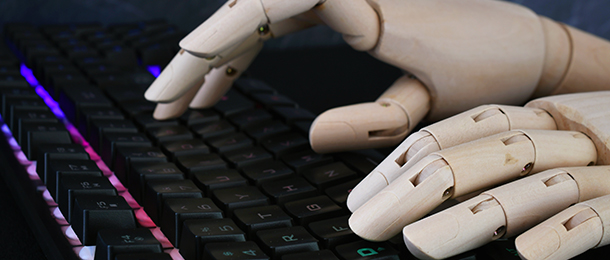Let’s face it, compliance has never exactly been the most glamorous aspect of managing an SMSF. The endless paperwork, the constant vigilance to ensure you’re abiding by the rules and the fear of penalties hanging over your head like a dark cloud are enough to make even the most dedicated trustees feel overwhelmed. But that’s all changing, thanks to artificial intelligence (AI).
Yes, AI is stepping into the spotlight and making compliance, dare we say, cool. By streamlining the nitty-gritty tasks that once consumed hours of manual effort, AI is transforming SMSF management into something far more accessible and stress-free. Suddenly, staying on top of compliance isn’t just easy, it’s automated.
Accurium principal Melanie Dunn recently commented on the issue of SMSF pension minimums not being met in the 2024 income year, pointing out how this could have significant financial and compliance consequences for trustees. If the minimum pension payments are not met, it will be treated as having ceased for income tax purposes. This means the fund will lose its eligibility to claim exempt current pension income (ECPI), potentially leading to an increased tax burden for the SMSF. Furthermore, any payments made will be treated as lump sums for tax purposes, which could also alter the tax components of the pension balance.
Dunn emphasised these issues are exacerbated by the cost-of-living pressures many SMSF pensioners are currently facing, which may lead to some trustees not meeting their minimum pension drawdown requirements. With the use of AI, vital issues like this can be identified and addressed before it’s too late to fix them.
The new compliance hero
When you think of AI, you might envision futuristic robots or algorithms trading stocks at lightning speed. But in the world of SMSF administration, AI’s role is much more grounded. It takes on the heavy lifting when it comes to the mind-numbing compliance checks and reporting requirements trustees face. Whether it’s monitoring contribution caps, ensuring accurate reporting or cross-checking data, AI automates these processes with precision and consistency.
Minimising errors and maximising peace of mind
Let’s be real: humans make mistakes and in the world of SMSFs even small errors can have significant consequences. Missing a compliance deadline or overlooking a regulatory update can lead to costly penalties. AI doesn’t miss a beat in this context. These systems are designed to process vast amounts of data with complete accuracy, eliminating the risk of human error and giving trustees peace of mind.
Instead of painstakingly poring over paperwork, trustees can now rely on AI to ensure everything is in line with the latest regulations. And it’s not just about avoiding penalties; AI can also help trustees maximise the benefits available to them, ensuring they’re taking full advantage of tax efficiencies and other regulatory perks.
Saving time and reducing stress
Time is money, and in the fast-paced world we live in, no one has time to spend hours on administrative tasks. By automating compliance and record-keeping, AI frees up trustees to focus on what really matters. That can be making strategic investment decisions, planning for retirement or simply enjoying life.
With AI handling the nitty-gritty details, trustees no longer need to lose sleep over looming deadlines or compliance pitfalls. Instead, they can trust the AI they are using has it covered, allowing them to reclaim their time and reduce stress.
The future of SMSF compliance
As AI continues to evolve, its role in SMSF administration is only going to expand. From predictive analytics to more sophisticated automation, the potential applications of AI in SMSF compliance are vast. And as trustees grow more comfortable with these technologies, we’re likely to see even greater adoption across the industry.
So, if you’ve ever found yourself dreading the complexities of SMSF compliance, it’s time to embrace the change. With AI on your side, staying compliant has never been easier or cooler.
Olivia Long is chief executive of SMSFAI.



